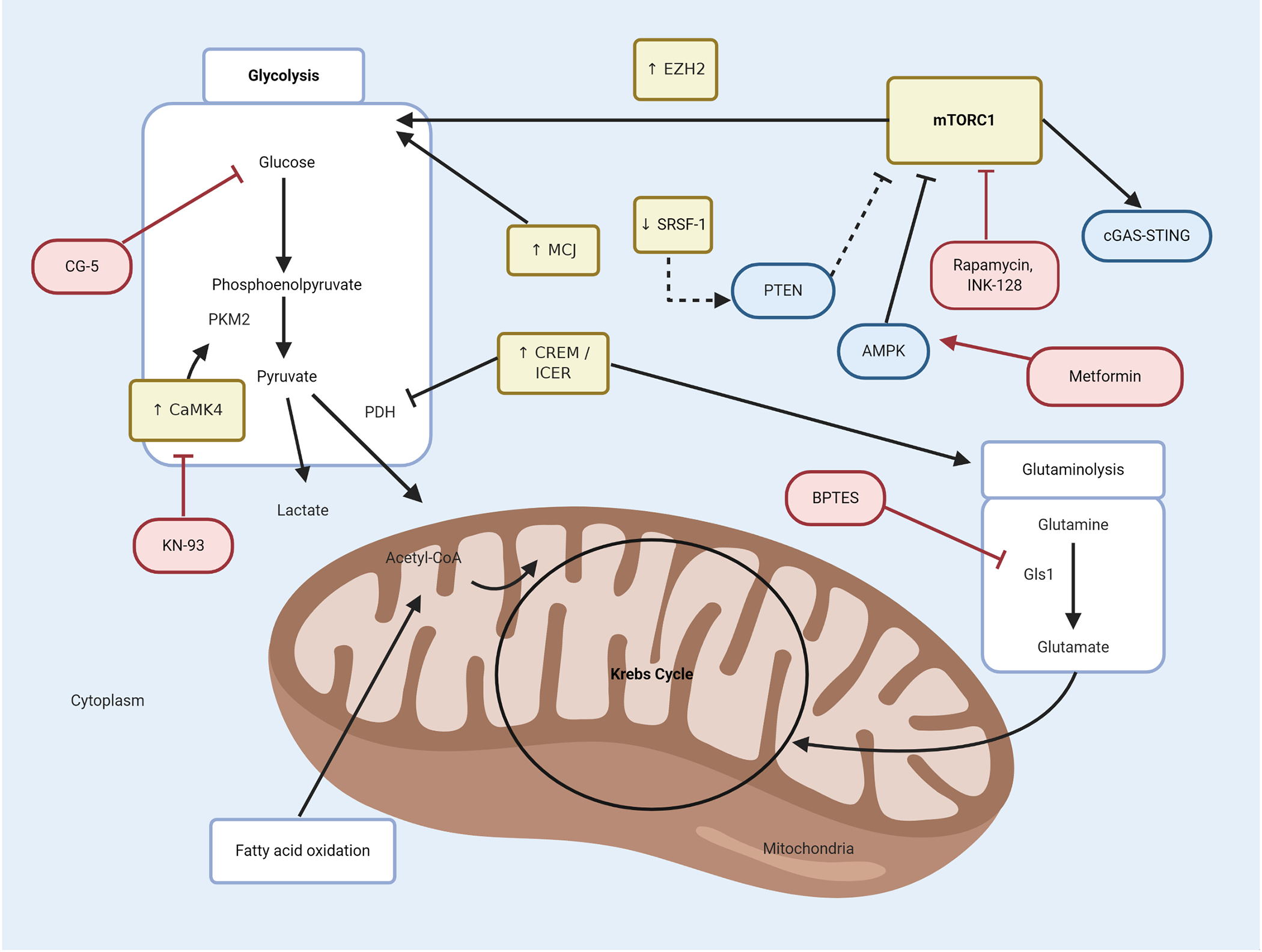Figure 2. Glycolysis, glutaminolysis and mTOR pathway defects in SLE.

Specific defects in immunometabolism pathways in SLE, such as mTOR, glycolysis and glutaminolysis, interact in an orchestrated manner to promote dysregulation of immune cells. GLUT1 and high glycolysis-related genes are enhanced in lupus. In addition, upregulation of mTOR pathway, increased levels of MCJ protein and enhanced CaMK4 (which binds to PKM2) perpetuate a highly glycolytic state in lymphocytes. The mTOR pathway is triggered by low levels of SRSF-1 protein which, in normal conditions promotes the expression of the negative regulator of mTORC1, PTEN. Treatment with metformin inhibits mTOR pathway and attenuates lupus-like disease by enhancing AMPK. In lupus Th17 cells, overexpressed CREM/ICER inhibits PDH enzymatic activity, which favors the shift from pyruvate to lactate instead of pyruvate to acetyl-CoA. Furthermore, CREM/ICER activates the glutaminolysis pathway, with a putative role in SLE, as the inhibition of the Gs1 enzyme attenuates lupus-like disease. Perturbations in immunometabolism pathways described in SLE are depicted in yellow boxes; novel therapeutic strategies targeting some of these specific defects are depicted in red boxes. Acetyl-CoA = acetyl coenzyme A; AMPK = AMP-activated protein kinase; CaMK4 = calcium/calmodulin-dependent protein kinase 4; cGAS-STING = cyclic guanosine monophosphate-–adenosine monophosphate synthase (cGAS)-Stimulator of Interferon Genes (STING); CREM/ICER = cAMP response element modulator/inducible cAMP early repressor; EZH2 = enhancer of zeste homolog 2; Gls1 = glutaminase 1; MCJ = methylation-controlled J protein; mTORC1 = mammalian target of rapamycin complex 1; PDH = pyruvate dehydrogenase; PKM2 = pyruvate kinase M2; PTEN = phosphatase and tensin homolog; SRSF1 = serine/arginine-rich splicing factor 1.
